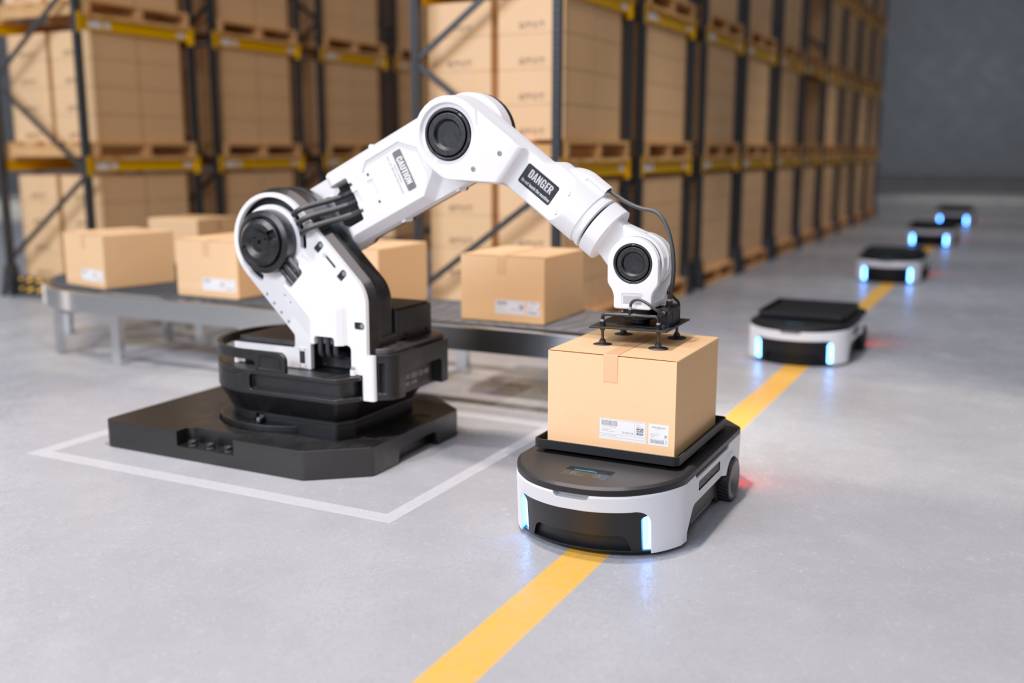
There is a continued fear of robotic warehouse automation and its ability to take warehouse jobs from employees. While we understand the fear, we don’t necessarily share it.
There are a series of disadvantages of automated warehouse robots and these are the reasons why we believe that warehouses will always need employees to handle certain tasks and duties.
Understanding the Disadvantages of Warehouse Automation Robots
Despite all the concern, we’re still looking at job growth for warehouse workers. It’s expected to grow by one percent and add around 47,000 jobs by 2028.
Warehouses handle a wide range of tasks, including handling delicate or irregularly shaped items, which require human dexterity and adaptability. While robots can transport goods, a human touch will always be needed.
Let’s expand on some of the reasons why we can’t see warehouse automation robotics taking over completely.
1. Limited Flexibility
Automated robots are typically designed for specific tasks and may struggle to adapt to changes in warehouse layouts or product types.
If you’ve ever worked in a warehouse, you know that it’s a fast-paced environment where things are constantly changing. Robots aren’t able to learn quick enough to adapt to incorrect product placements, mislabeling, and other common errors that occur in the warehouse.
2. Initial Investment
While hiring and retaining an employee has a cost associated with it, the upfront cost isn’t quite as daunting. Not to mention the long-term cost of maintaining and developing the technology.
Acquiring robots capable of efficiently performing warehouse tasks can be expensive. Depending on the complexity of the tasks and the level of automation required, the cost of each robot can range from thousands to hundreds of thousands of dollars.
That’s just for one robot now imagine replacing an entire warehouse or even one sector of the warehouse.
Keep in mind that conditions such as freezing temperatures in cold storage will require specialized technology capable of performing in these temperatures. This will increase the cost even more.
3. Maintenance Cost
The average warehouse employee will not be able to maintain and care for these robots. This will require specialized professionals who come at a cost as well. The robots themselves also require regular maintenance, repairs, and updates which can continue to add to your overhead.
4. Job Displacement
The introduction of automated robots can lead to job displacement for human workers, raising concerns about unemployment and workforce retraining.
5. Dependence on Technology
While businesses including warehouses should always be finding better and faster ways to work, depending entirely on technology does have its downsides.
Automated robots in a warehouse will fail, glitch, and bug which can send the operation spiraling down causing the need for human intervention. This can disrupt operations for extended periods of time which result in lost revenue.
Final Thoughts
Even with the popularity of robotics in warehouse automation, we still see a strong need for human employees in the workforce. There are too many disadvantages to complete automation and for these reasons, we see nothing drastic happening in the near future. Curious about the alternative? Get a quote on our ergonomic warehouse system!
